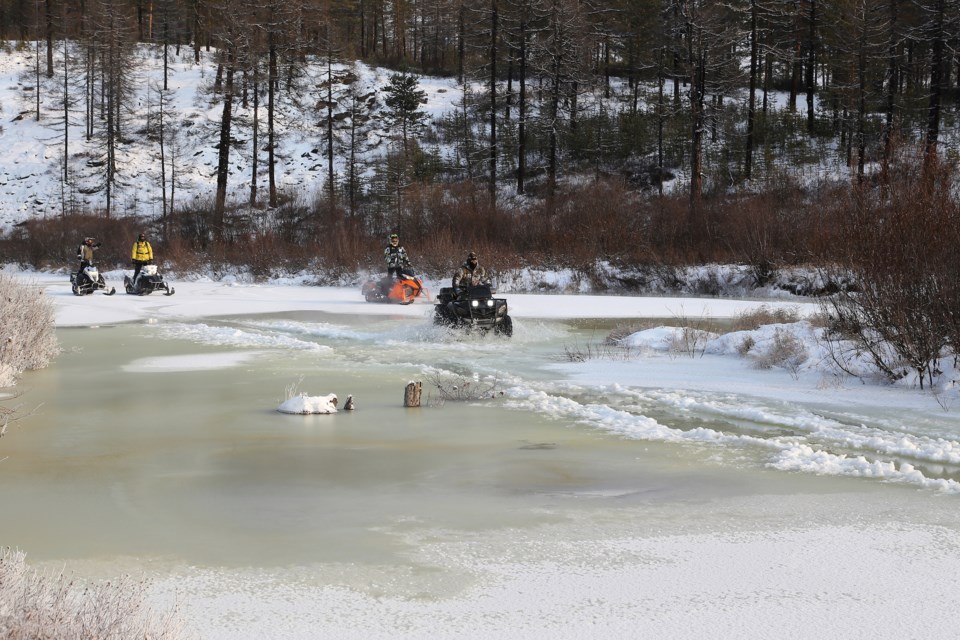NEWS RELEASE
ONTARIO PROVINCIAL POLICE
*************************
As the snowmobile season comes upon us, the Sault Ste. Marie Ontario Provincial Police (OPP) would like to provide some safety reminders for the snowmobile community. Snowmobile safety week runs from Jan. 18 to Jan. 26, 2020.
Before you leave
- fill up your gas tank
- check the weather forecast before heading out.
- contact the local snowmobile club to check trail and ice conditions
- dress appropriately - wear clothing in layers, and make your top layer a snowmobile suit or other windproof layer
- tell someone
- where you're going
- the route you will take
- a description of your snowmobile
- when you expect to return
- never travel alone
Remember: Exposure to extreme cold can lead to frostbite and hypothermia. Your risk goes up as the temperature goes down.
- Wind chill at or below -25C: risk of frostbite to exposed skin
- Wind chill at or below -35C: frostbite in 10 minutes or less
- Wind chill at or below -60C: frostbite in less than 2 minutes
What to bring
Pack a snowmobile survival kit that includes:
- first aid kit
- GPS unit, trail map and compass
- matches (or lighter) in a waterproof container
- knife, saw or axe
- ice picks (if you must cross over a frozen river or lake)
- flashlight
- whistle
- high-energy food like nuts or granola bars
- an extra set of dry clothing
You should also bring a snowmobile mechanical kit that includes:
- spare spark plug and drive belt
- tow rope
- screwdriver, wrenches and hammer
- owner's manual
While you are driving
- always drive within your ability
- take extra care on corners and hills
- obey speed limits and road/trail signs
- always stay on the right-hand side of the trail
- use appropriate hand signals before stopping, slowing down or turning
- take extra care at road and rail crossings - cross roads at designated crossings and at a 90-degree angle so you can cross safely and quickly
- never ride on private property without permission of the land owner
Driving at night
- reduce your speed - some hazards are harder to see in the dark
- use your headlights and drive at a speed where they can shine ahead of you
- wear clothing that has reflective markings so that you are more visible to others
Driving on ice
- avoid driving on unfamiliar frozen lakes and rivers, as open water may not be visible
- if you must drive over ice, wear a buoyant snowmobile suit
- always drive on ice that is new, hard and clear
- never drive on ice that is slushy, weak, near moving water or that has recently thawed and refrozen
- check ice conditions with the local snowmobile club before you head out
STATS
- 32 per cent of fatalities occur in February
- 27 per cent of fatalities occur on Saturday
- 45 per cent of fatalities occur on a frozen lake or river
- 45 per cent of fatalities involve alcohol or drugs
- 43 per cent of fatalities occur between 6:00 p.m. and 12:00 a.m.
- 92 per cent of the victims involved in fatalities are male
- 25 per cent of the victims are between the ages of 45 and 54 years old
- Primary causes of fatalities involve speed and alcohol
"The OPP is committed to ensuring that snowmobiling remains a safe recreational activity in Ontario" Staff Sergeant Manuela Byrnes
*************************
